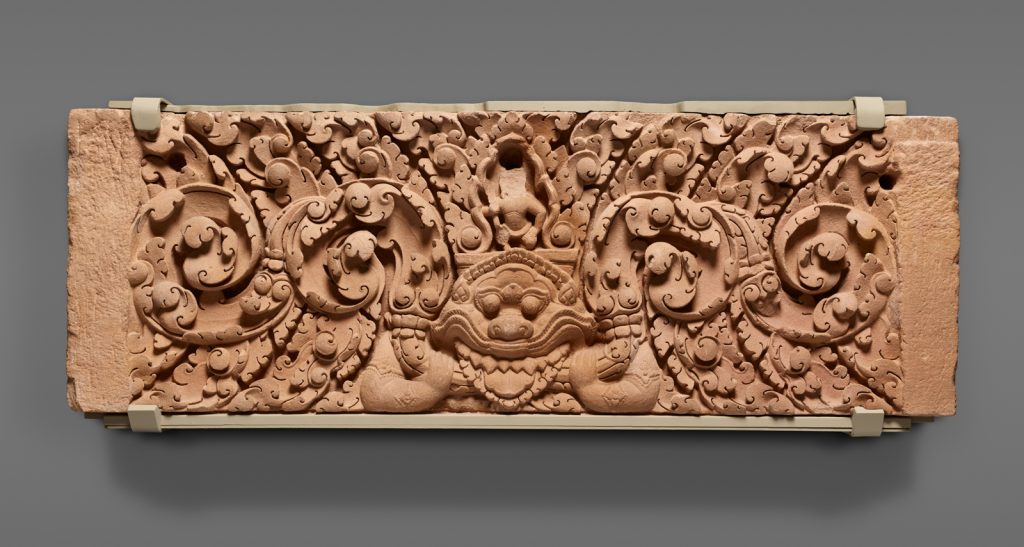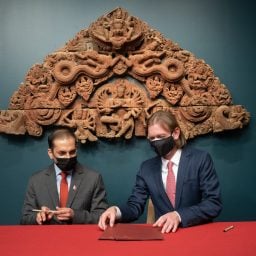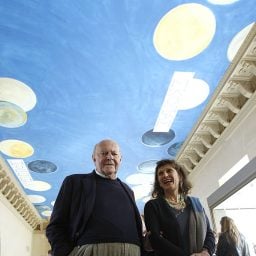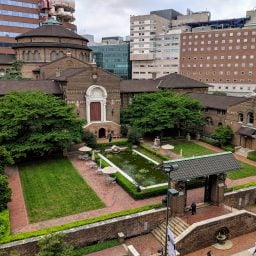The US government has filed a civil lawsuit demanding that the Asian Art Museum in San Francisco return two ancient Thai artifacts to their country of origin.
A pair of 1,500-pound sandstone lintels are the subject of the complaint filed Tuesday, October 17 by United States Attorney David L. Anderson in Northern California district court. The document argues that the objects were illegally removed from ancient religious temples in Thailand.
The fate of the lintels has been in contention since 2016, when members of the Thai consulate general in Los Angeles saw them on display and urged the museum to return them. The institution has since initiated the restitution process. But for the attorneys behind the suit, it wasn’t happening quickly enough.
“US law requires US museums to respect the rights of other countries to their own historical artifacts,” US Attorney Anderson said in a statement. “For years we have tried to get the Asian Art Museum to return this stolen artwork to Thailand. With this federal filing, we call on the museum’s board of directors to do the right thing.” Anderson did not immediately respond to Artnet News’s request for further comment.

The Asian Art Museum in San Francisco. Courtesy of Wikimedia Commons.
For his part, the Asian Art Museum’s deputy director Robert Mintz says that the museum’s staff was surprised by the suit and that the case could in fact make the restitution process take longer than it otherwise would have.
“In this filing, we feel that there is some mischaracterization both of the museum and of the situation at hand,” Mintz says, “and we are concerned that, in fact, it makes the repatriation of these objects more difficult rather than expediting the process.”
One lintel hails from the Nong Hong Temple and dates to 1000–80. It was gifted to the museum by founding donor Avery Brundage in 1966, the year the institution was established. The other comes from Khao Lon Temple and was erected around 975–1025. Brundage purchased it in 1968.
The museum removed both objects from display in 2017 following a “request for information” issued by the Department of Homeland Security. The following year, the department offered documentation of two Thai laws—one from 1935 and another from 1965—protecting the sale of antiquities from the country’s national archaeological sites, according to Mintz.
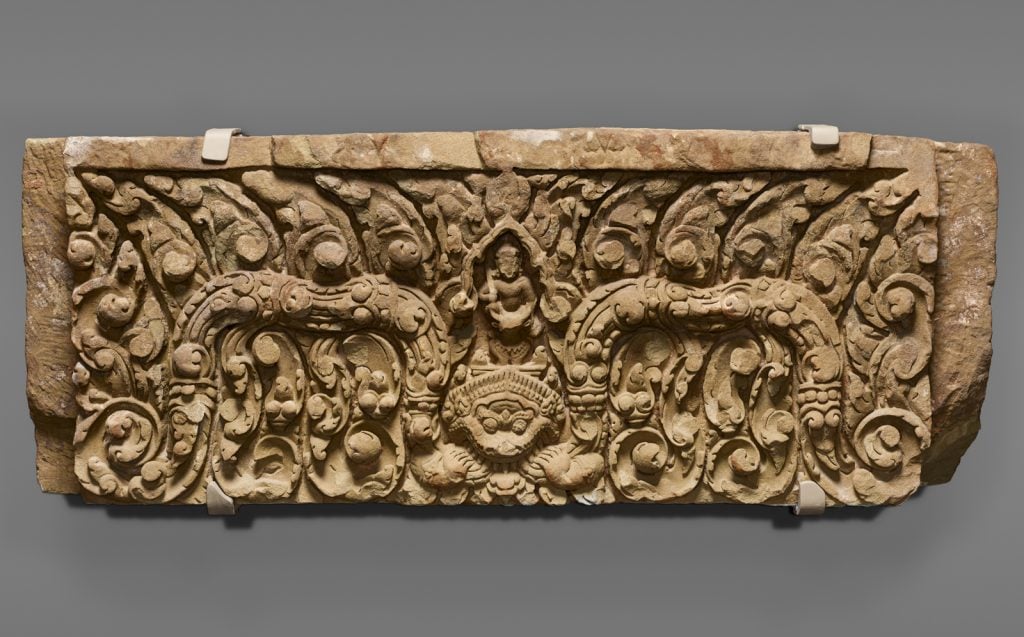
A Lintel from the Nong Hong temple in Thailand, 1000–80. © The Asian Art Museum.
In a press release issued in September of this year, the institution explained that following a three-year internal study, it “found no evidence that these lintels were removed from their sites contrary to the laws of Thailand, but… was also unable to locate copies of the export documents that the laws of that time required.” As a result, it had determined “it was appropriate to begin the process of deaccessioning the artworks from the collection and to move forward with returning them to the Thai authorities.”
The September announcement came after the museum’s board of governors and the Asian Art Commission of the City and County of San Francisco unanimously voted to deaccession the two lintels. To complete the process, another vote of approval is required to take place in six months.
Now, a different timeline will take shape as the case must be resolved in court before the objects can be either deaccessioned by the museum or seized by the US government.
“Prior to [the filing] we had gathered all the information we had, we had heard what Homeland Security had to say about these objects, and we were convinced that in fact these objects should be repatriated,” Mintz says. “Though our process is a slow one in order to ensure that we’re protecting the public’s asset—because these are publicly owned objects—we felt we were moving as quickly as we could toward repatriation in negotiation with Thailand.”
The new case, he contends, “creates additional complexity when we as staff and the board believed we were moving slowly but inexorably toward repatriation.”
